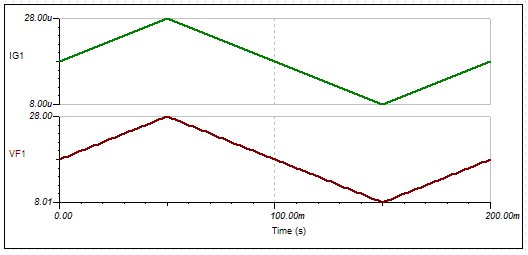How do I simulate the light source in Multisim 11. I am attempting to design a laser frequency detector @780nm with the OPT101, my question to this forum is how do electrically connect the chip in multisim to simulate the light source?
-
Ask a related question
What is a related question?A related question is a question created from another question. When the related question is created, it will be automatically linked to the original question.



